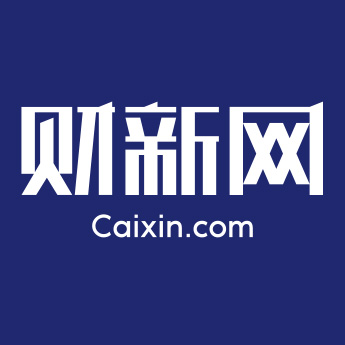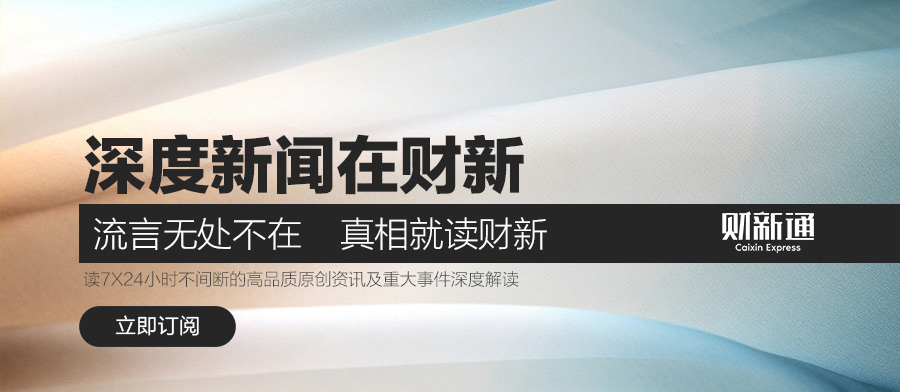停滞的息票
战后10年,一直到1955年,道琼斯工业指数里的公司的资本回报率是12.8%。战后的第二个10年,这个数字是10.1%。在第三个10年,是10.9%。财富500强(历史数据最早到50年代中期),这一个更大范围的数据显示了相似的结果:1955-1965年资本回报率11.2%,1965-1975资本回报率11.8%。这个数字在几个特殊年份里非常高(财富500强的最高值是1974年的14.1%)或者非常低(1958年和1970年是9.5%)。但是,过去这些年,总体上,净资产的回报率持续回到12%的水平。在通胀时期,这个数字没有显著超越这一水平。在价格稳定的时期净资产的回报率也没有超越这一水平。
让我们先不把这些公司看成上市的股票,而是生产的企业。让我们假定企业的所有人按净资产价值购买了这些企业。如果是这样,这些企业的所有人自己的回报也是12%左右。由于回报如此固定,我们有理由把回报看成“股票的息票”。
当然,在现实世界里,股票投资者并不只是购买并持有。相反,很多人在股票市场上反复买卖,试图战胜其它投资者,以获得公司盈利里面自己那部分的最大化。这种争斗,从总体上来说是无效的,对股票及股票自身的盈利无影响,却减少投资者的收益。因为这些活动会造成很高的摩擦成本,比如咨询费和交易费等。一个活跃的期权市场的引入根本无法增加美国企业的生产率,只不过是产生了给这个赌场配置数以千计的人手的需求。而摩擦成本则进一步升高。
The coupon is sticky
In the first ten years after the war - the decade ending in 1955 -the Dow Jones industrials had an average annual return on year-end equity of 12.8 percent. In the second decade, the figure was 10.1 percent. In the third decade it was 10.9 percent. Data for a larger universe, the FORTUNE 500 (whose history goes back only to the mid-1950's), indicate somewhat similar results: 11.2 percent in the decade ending in 1965, 11.8 percent in the decade through 1975. The figures for a few exceptional years have been substantially higher (the high for the 500 was 14.1 percent in 1974) or lower (9.5 percent in 1958 and 1970), but over the years, and in the aggregate, the return on book value tends to keep coming back to a level around 12 percent. It shows no signs of exceeding that level significantly in inflationary years (or in years of stable prices, for that matter).
For the moment, let's think of those companies, not as listed stocks, but as productive enterprises. Let's also assume that the owners of those enterprises had acquired them at book value. In that case, their own return would have been around 12 percent too. And because the return has been so consistent, it seems reasonable to think of it as an "equity coupon".
In the real world, of course, investors in stocks don't just buy and hold. Instead, many try to outwit their fellow investors in order to maximize their own proportions of corporate earnings. This thrashing about, obviously fruitless in aggregate, has no impact on the equity, coupon but reduces the investor's portion of it, because he incurs substantial frictional costs, such as advisory fees and brokerage charges. Throw in an active options market, which adds nothing to, the productivity of American enterprise but requires a cast of thousands to man the casino, and frictional costs rise further.
0
推荐




 京公网安备 11010502034662号
京公网安备 11010502034662号 